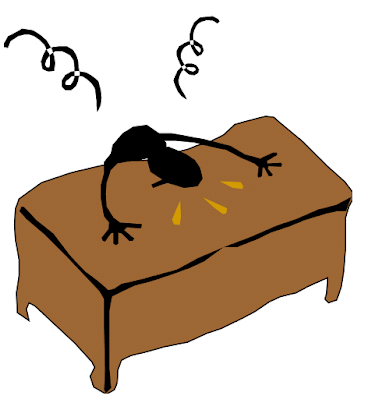Autism Pathology as a Venn Diagram

Source: Peter Research Notes Oxidative stress increases neuro-inflammation Neuro-inflammation increases oxidative stress Both oxidative stress and neuro-inflammation contribute to central hormonal dysfunction, e.g. stress reducing D2 levels that stop T4 converting to T3 in the brain One year after starting my investigation, I thought it would be useful to sum up Classic Autism in a simple form. I chose a Venn diagram. At school your kids probably have just two overlapping circles. If you have four variables you need to use ellipses. Where all four variables are in play, is the area where all four ellipses overlap. This is untreated classic autism. Once you successfully treat any of the four trouble areas (Neuro-inflammation, oxidative stress, channelopathies and hormonal dysfunction in the brain) you can modi...





